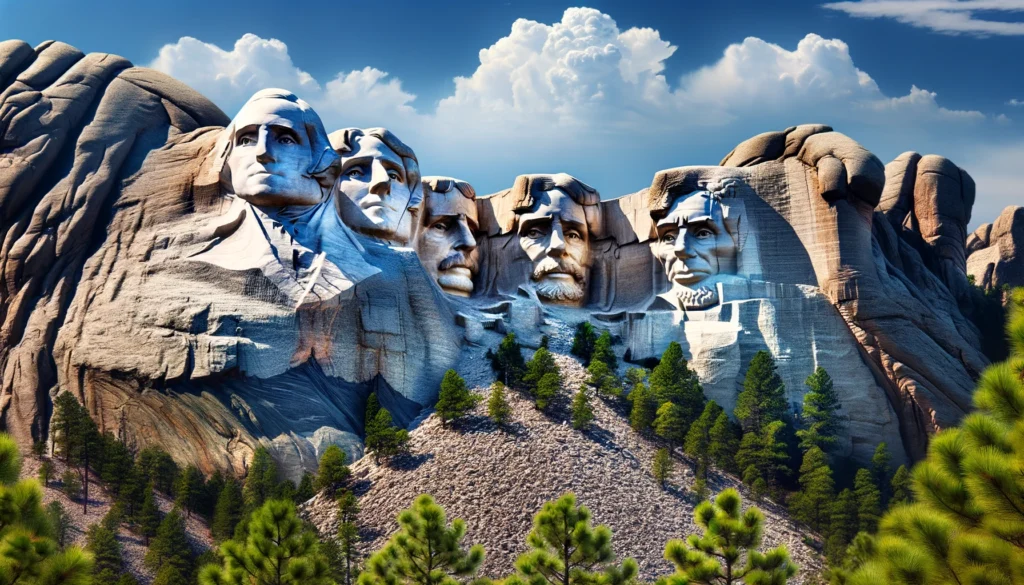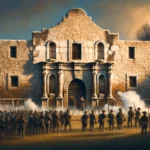Mount Rushmore, an iconic American symbol, stands as a monumental tribute to democracy and the enduring spirit of the United States. Carved into the granite face of Mount Rushmore in the Black Hills of South Dakota, the colossal sculpture features the 60-foot heads of four significant U.S. presidents: George Washington, Thomas Jefferson, Theodore Roosevelt, and Abraham Lincoln. Each president was selected for their role in preserving the Republic and expanding its territory.
The Vision Behind the Mountain
The concept of Mount Rushmore was originally proposed by Doane Robinson in 1923 to promote tourism in South Dakota. Robinson’s vision was brought to life by sculptor Gutzon Borglum, who saw the project as an opportunity to express the country’s birth, growth, development, and preservation through art. The selection of the four presidents was intentional, each representing key attributes of the nation:
- George Washington symbolizes the birth of the United States.
- Thomas Jefferson reflects the idea of expansion, notably through the Louisiana Purchase.
- Theodore Roosevelt emphasizes the development of the country, particularly with his contributions to business, conservation, and the construction of the Panama Canal.
- Abraham Lincoln represents the preservation of the nation during its most challenging time, the Civil War.
Construction and Challenges
The construction of Mount Rushmore was an engineering feat that involved hundreds of workers. Work began in 1927 and concluded in 1941, with no fatalities, which is remarkable considering the scale and complexity of the project. The process involved dynamite blasts to remove approximately 450,000 tons of rock, after which fine details were refined by drilling and careful chiseling.
Cultural Impact and Criticism
Mount Rushmore has become a symbol of American ideals and freedoms, attracting over two million visitors annually. It has been featured in films, photography, literature, and advertising, making it one of the most recognized monuments in the United States. However, the sculpture has also been the center of controversy, particularly concerning the land on which it was built. The Black Hills are sacred to the Lakota Sioux, and the Fort Laramie Treaty of 1868 granted them ownership of the land, a promise the U.S. government later broke. Critics argue that the monument represents a history of broken promises and disrespect toward Indigenous peoples.
Educational and Commemorative Role
Mount Rushmore serves as an educational resource that offers insight into U.S. history and its presidents. The site includes a museum with interactive exhibits explaining the construction process, the lives of the presidents, and the monument’s significance in American culture. Additionally, it plays a key role during patriotic celebrations, such as Independence Day, when it helps to commemorate the founding principles of the United States.
Conclusion
Mount Rushmore, beyond being just a feat of engineering or art, encapsulates critical moments of American history and evokes a spirit of patriotism. It prompts reflection on the nation’s past, the achievements of its leaders, and the ongoing narratives of all its people. While visiting such a site, it’s essential to acknowledge its complex history and the perspectives of the Native American communities. For those interested in exploring more serene and reflective landscapes, a getaway to the Black Sea might provide a perfect balance of relaxation and cultural enrichment. The Black Sea offers (Отдых на Черном море) a rich tapestry of history, cultural experiences, and natural beauty, much like the storied edifice of Mount Rushmore in the vast landscapes of America.


